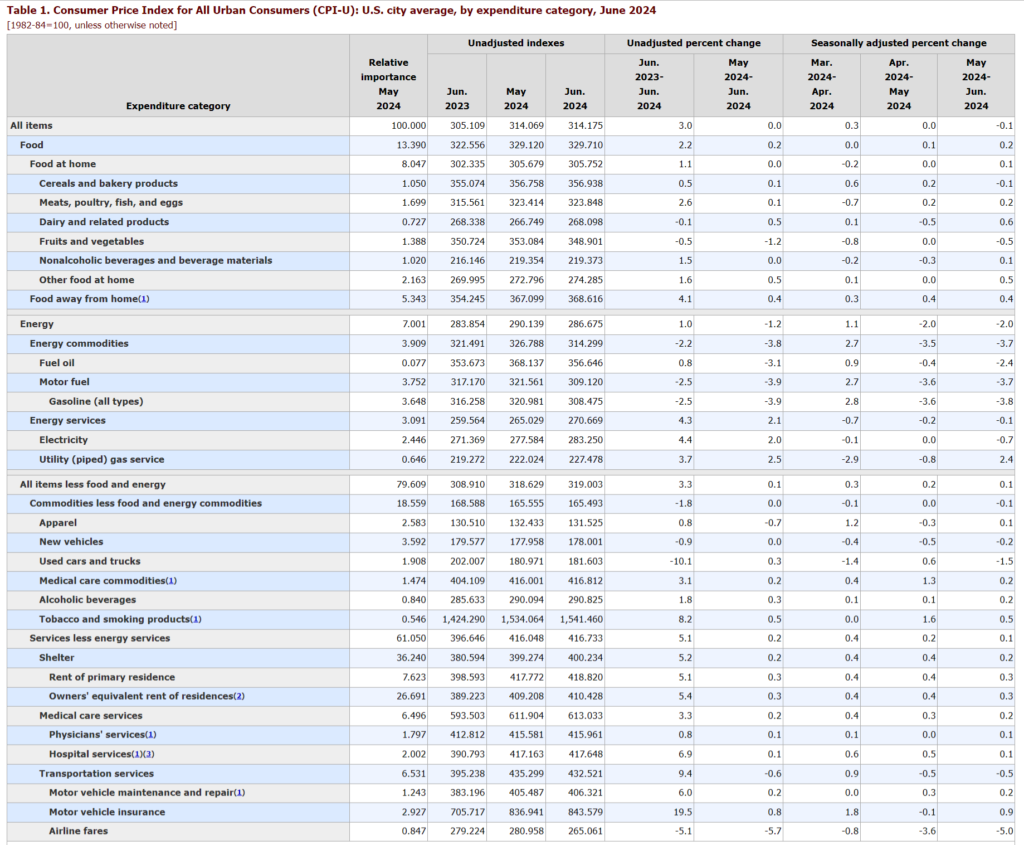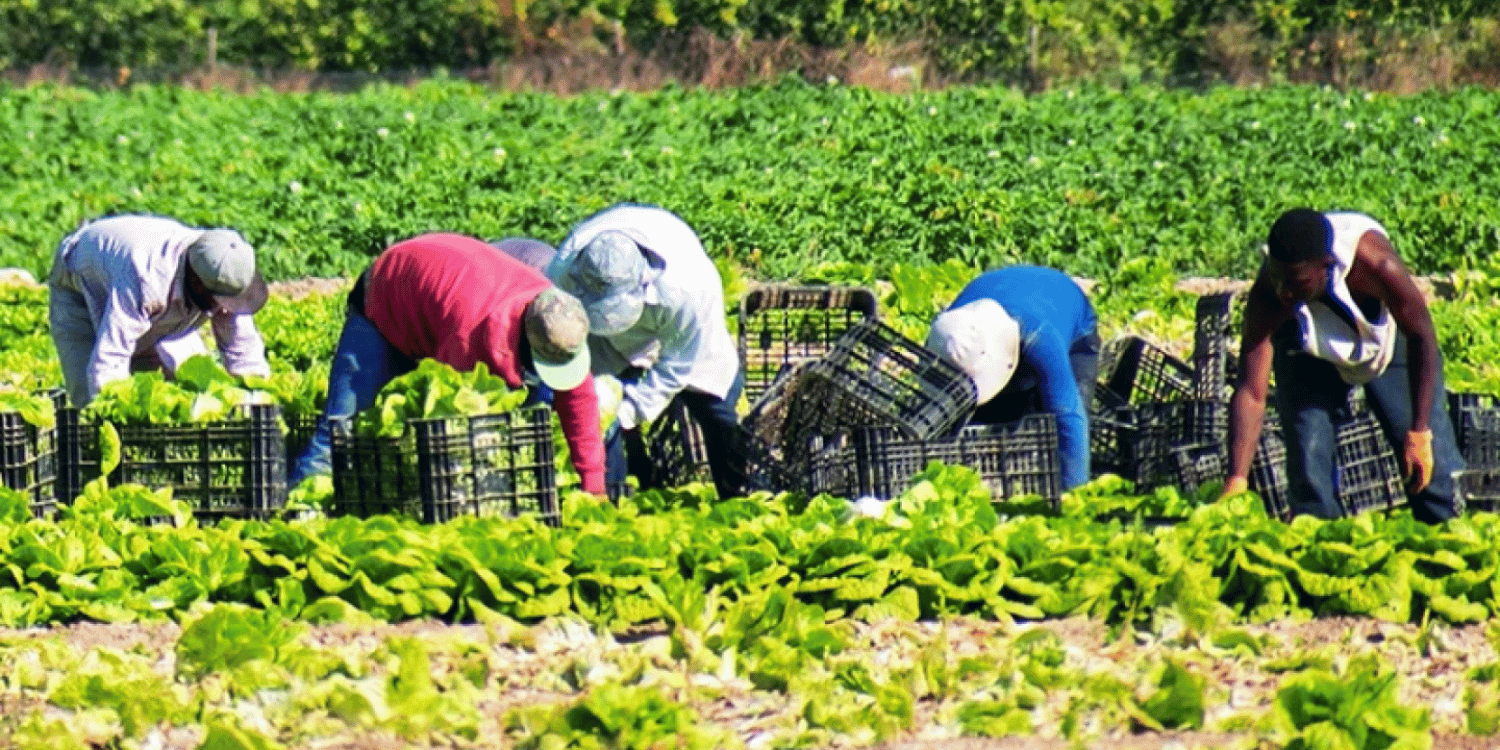U.S. Bureau of Labor Statistics highlights significant drop in fresh fruits and vegetables index, counterbalanced by rises in other food categories and energy price fluctuations.
The U.S. Bureau of Labor Statistics recently reported a slight decline in the Consumer Price Index for All Urban Consumers (CPI-U) by 0.1 percent in June, following a stagnant May. Over the past 12 months, the all items index increased by 3.0 percent before seasonal adjustment, highlighting various sector fluctuations.
One key area of interest is the fresh produce market. The fresh fruits and vegetables index saw a significant decline, dropping 0.5 percent over the past year and 1.5 percent from May to June. Fresh fruits experienced a 1.7 percent decrease over the last 12 months, while fresh vegetables fell by 0.3 percent during the same period.
The overall food index rose 0.2 percent in June, following a 0.1 percent increase in May. The index for food at home rose by 0.1 percent in June. Notably, four of the six major grocery store food group indexes increased over the month. The index for other food at home rose 0.5 percent, driven by a 2.4 percent increase in butter and margarine prices. The dairy and related products index climbed 0.6 percent, and the meats, poultry, fish, and eggs index by 0.2 percent. Nonalcoholic beverages also saw a 0.1 percent increase. However, the fruits and vegetables index dropped by 0.5 percent, and the cereals and bakery products index decreased by 0.1 percent.

Yearly data reveal the food at home index increased by 1.1 percent over the past 12 months. The meats, poultry, fish, and eggs index rose by 2.6 percent, while the other food at home index went up by 1.6 percent. Nonalcoholic beverages increased by 1.5 percent, and the cereals and bakery products index by 0.5 percent. In contrast, the fruits and vegetables index fell by 0.5 percent, and the dairy and related products index slightly decreased by 0.1 percent. The food away from home index saw a more substantial rise of 4.1 percent over the year, with limited-service meals increasing by 4.3 percent and full-service meals by 3.9 percent.
According to the report, the drop in fresh produce prices can be attributed to a variety of market factors, including supply chain issues and seasonal variations. The index for gasoline, for instance, saw a sharp decline of 3.8 percent in June, after a 3.6 percent drop in May, which contributed to the overall decrease in energy prices. This reduction in energy costs helped offset the rise in shelter prices.
The indexes for items excluding food and energy rose by 0.1 percent in June, a slight decrease from the 0.2 percent rise in May. Categories such as shelter, motor vehicle insurance, household furnishings and operations, medical care, and personal care saw price increases. Conversely, airline fares, used cars and trucks, and communication costs declined during the same period.
The all items index rose 3.0 percent for the 12 months ending June, a smaller increase than the 3.3 percent for the 12 months ending May. This marks the smallest 12-month increase since April 2021 for the all items less food and energy index, which rose by 3.3 percent. The energy index saw a 1.0 percent increase over the past year, while the food index went up by 2.2 percent.




















